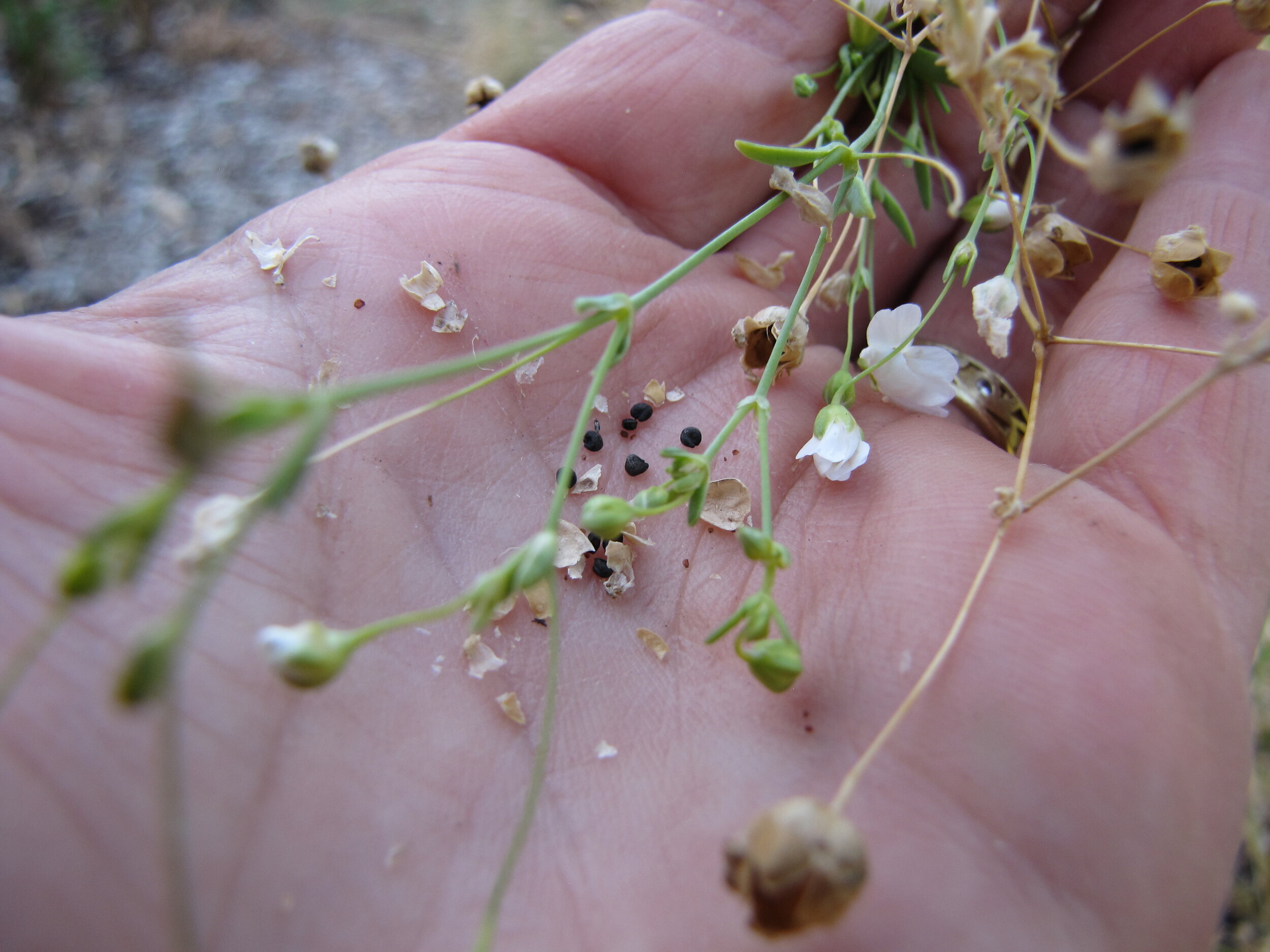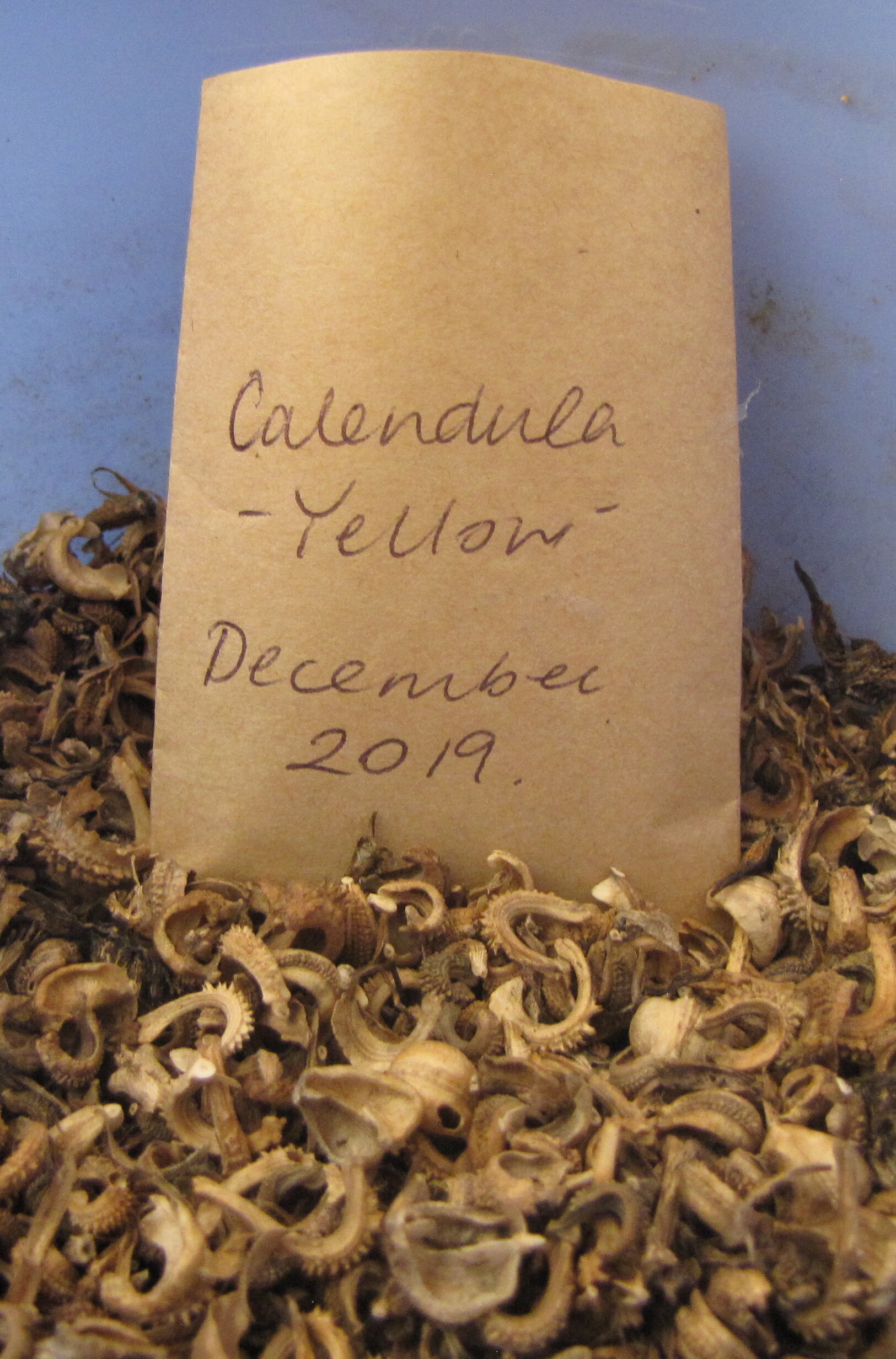How to Harvest Your Own Seed: Tips for Collecting Flower Seed
Many flower farmers and growers learn to grow their plants from seed as doing so is far more affordable than buying seedlings—but why not go a step further and grow from your own seed?
Harvesting your own flower seed is easy to do with a little research and planning. If you’re wondering how to harvest your own seed from the flowers you grow, in this article, you’ll cover some crucial tips that can help you succeed in seed saving.
Before Harvesting Seeds, Know the History of Your Plants
First, ensure the flowers you are harvesting from are not F1 hybrids. An F1 hybrid will not produce viable seed and, if they do, the plants they produce will not be “true to type,” meaning they won't necessarily look like the parent plant.
It is a requirement in most countries for such seeds to be labeled, so you know what you're buying. If your original seed packet does not mention F1 hybrid, you'll be able to harvest viable seeds from the plants.
In the picture on the right, you'll see the Teddy Bear seeds have no mention of being an F1 hybrid. They would therefore be a good choice for harvesting seed.
To Harvest Your Own Seed, Let Your Plants “Go to Seed”
Next, you'll need to let your flowers “go to seed.” Allowing a plant to go to seed means leaving the flowers until they drop their petals and form a seed pod. To get the best seed for your next generation of plants, you should ideally let your best plants go to seed.
Be aware, however, that doing so will end the plant's life cycle. As farmers, we frequently harvest to prevent plants from going to seed. Once a plant has had its flowers dry and forms pods, it quickly withers, knowing it has accomplished its task of passing on its genetic material.
So if you still wish to harvest flowers from a particular row, either select just one plant to allow to go to seed or wait until the end of the season.
Sweet Pea pod & seed
Wait to Harvest
A common mistake made by new growers is harvesting seed too early. The seed must be completely “ripe” before harvest. That usually means they are very dark in colour and very hard.
With podded plants like sweet peas, the seeds will be ready when the pods are brown, and you can hear the seeds rattle loosely inside.
The pods should crumble in your hand when you crush them. That’s how you know they’re ready to harvest!
Nigella is a bit of an exception, with the pods still retaining their green colour while the seeds are ready. The seeds should be black. You can always check one pod to make sure.
Tips for Harvesting and Collecting Flower Seed
Some flowers—like snapdragons, gypsophila and poppies—have very fine seed which can be hard to catch. A good trick is to place a paper bag over the spent flowers before cutting the stems and catching the seeds in the bag.
Gypsophila Seed
A paper bag used similarly (or a piece of fabric placed on the ground) is also a good idea for plants that dispel their seeds with a bit of force.
Californian poppies are notoriously sneaky about hoarding their seeds, then flinging them onto the ground from their twisted pods within a day when your back is turned. A towel or paper bag to catch them is a good idea as it's almost impossible to find their seed once it lands on the ground.
In most cases, it's best to harvest seeds direct from the plant. You may have noticed that drying strawflowers by hanging them upside down in the house, for example, sometimes results in them going to seed. However, the seed you collect from these will be less likely to germinate and produce healthy plants. Seeds left on the plant will continue to be fed nutrients until the last second—they will be fat and rearing to grow.
Flower seed comes in many different forms, so it's important to know what you're looking for. The pictures throughout this article are just a sample of the many weird and wonderful-looking seeds you'll find.
When collecting your seed, especially finer seed, you may find a bit of debris mixed in with your material. If you gently shake your seed gathering container, you'll find that the seeds tend to sink, and the lighter bits of plant material come to the surface.
From there, you can pick it out or winnow it by gently blowing across the top of this layer. You can also choose to ignore it and plant it with your seeds if this is too bothersome.
Label and Store Your Flower Seed Once Harvested
The final step is to label and store your seed. How you keep your seed is entirely up to you. Paper twists, envelopes, jars, and more are all acceptable, as long as no moisture can reach them.
Storing your seeds in a cool, dry place will ensure longer shelf life. Labeling and dating your seed is also a good idea, as germination rates tend to decline over time.
Keep the Pods
Once you begin to collect seed, you'll find yourself appreciating the beauty of many of the dried pods our plants produce.
Many of these can be used in arrangements for their own sake, in addition to contributing blooms and seeds. Poppy pods, flax, and scabiosa seed heads are some of my personal favourites.
Nigella Pods
Growing from the flower seed you harvest is extremely rewarding. Besides the savings and pride in being able to say you grew things from your own stock, you'll find that your plants will acclimatize generation by generation to the conditions on your property.
This is a definite advantage. And it means the plants will become hardier and do better in your climate and location overall, resulting in more successful sowings and growing in the future!
Happy harvesting!











